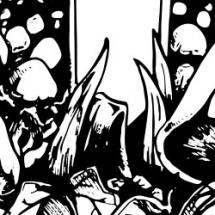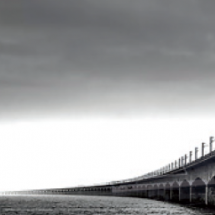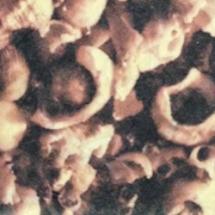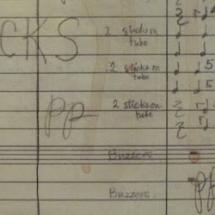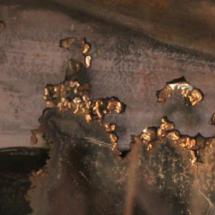Field Recording in recent live performance in South Korea.
What is the nature of the contemporary sound object?
Given that the status of a field recording may be very dubious, and its fate may be oblivion, what are the strategies that artists have developed to present their field recordings and to generate audience engagement in listening to sonic representations. What tricks are artists pulling in attempting to get people to ‘open their ears and listen?’
Some overlap, some reinforcement among these questions will be sought in the context of the recent use of phonography for live performance in the South Korean speculative music scene.
There are four artists whose live performance documents can be heard in this short program.
The first is Korean artist Lee Daeil. In 2012 and 2013 Lee Daeil facilitated some opportunities for blind people, adults and children, to explore sound focused activities.
Lee Daeil Interview: July 2016
Ian-John: You facilitated some opportunities for blind people, adults and children, to explore sound focused activities. Tell me about that work.
Daeil: …we go on a field trip, with the blind people together, and I wanted them to memorize, to keep the moment in their minds through sounds, what they hear…and I choose the typical sites, such as very loud places like a traditional market, subway stations or metal factories…and I didn’t ask them nothing, like rehearsals etc…then later on the concert day I just asked them to recall the memories again…and surprisingly, this memory was very vivid and clear for them.
IJ Did they make field recordings themselves on that field trip?
D: No, actually not, they were just listening…they recorded in their mind, their brains, their spirits maybe…
IJ: Tell me about the performance. What was the basic idea?
D: I wanted them to mimic and vocalize the sounds, these moment…ambient memories that they had from these specific sites, and out of this vocal sounds I created a soundscape…so reproduced soundscape…and I asked them to just play(vocalize) what they remembered randomly and I gradually played the original field recording sounds through the speaker(s), and I gradually turned up the volume, so that their voices accordingly got bigger and bigger(louder and louder)…and the sound I played was very very loud and their voices were very very loud as well…and they could not listen (to) what they say, what they sing or what they shout…so it is a kind of equilibrium state, so it was like 3 or 4 minutes of very very loud moments, and then suddenly I turned off every sounds that I played, the field recording…and finally they could listen what the volume, and (to) the chaotic mixture of the soundscape that they created…that was the main concept that I wanted to show…
…actually it was not my main intention to differentiate the artificial sound and the real sound…I played the real field recording only because…to interfere with the blind peoples vocalization, for example in the market place there are many different sounds like people yelling “Buy this, I have fresh fruit” or something…I wanted to encourage them to be more vivid, I wanted to give them a clue to be at that moment again…
…I do not expect anything before I do the performance with them, because I do not do rehearsals…the only thing I do is I give clear instructions (about) what they (should) do…so after the concert it was great, it was not exactly what I thought that it would be, but it is very very striking and new…
Lee Hanjoon Interview:
Hanjoon: I recorded in Gosung, Gangwon-do, South Korea…it’s nearby the borderline of South Korea with North Korea…it is a really interesting place…
…I used the iPhone 4 and Rode IXY and Rode dead kitten (it is a windscreen, it is a really really important gear for my recording)…
…I record the sound of the beach, just the wave and the walk on the beachside…on the sand…the sound of my footprints…
…I recorded the sound of the beach and of my footprints about 3 or 4 hours…but I have a really nice chance because there is almost nobody in that beach, because it is nearby borderline about South Korea and North Korea…
Ian-John: How long was the final recording?
H: I can chop just 5 minutes because it is the longest file I can use…during (out of) 4 hours, just 5 minutes is usable…
IJ: How did you treat your recording during your performance?
H: I did a really simple job…just loop the things…just loop it and cross-fade it, and use just the simplest effect I think…reverb, delay and filtration, that’s all.
IJ: Did you use any other sounds in the performance?
H: No, not at all…just use two tracks, footprints and wave and simple effects. I use a laptop and hardware controller which interacts with my laptop, so I should link the things…performing on the stage is a kind of improvisation…so technically it needs a lot of preparation, but about expression…as an artist, it is a kind of improvisation…I always make a space to improvise on the stage…
H: Everything is controlled by Abelton Live 9, I think it is the best DAW for field recording and real-time interacting with hardware. And my controller is a Numark Orbit which is a wireless controller, and it has a gyroscope so I can express about the wave (with) my body, …and I use another controller, …it is a foot controller which can connect with expression pedals.
Rémi Klemensiewicz Interview:
Rémi Klemensiewicz: well, first…now I don’t have a proper visa here in Korea, so as a foreigner I have to leave the country every 3 months and the easiest thing is, within a day, go back and forth to Tsushima Island (대마도), so from Busan you have these very fast boats…it only takes 1 hour…so all the recordings I used during the performance were made in this boat…and basically the reason why I made it is because the sound of the boats motor, it actually has very rich, wide and complex harmonies in it…so I just recorded while walking in the boat from the front to the back, getting close to the windows etcetera.
I used the Zoom H2N hand recorder.
Actually, I didn’t treat my recordings at all, but I did use different tracks. On one hand I had a long recording on the main speakers with this continuous motor sound drone. I also used very small and bad quality portable mp3 speakers where I also played the motor sounds, but with different qualities, like on one we can hear peoples voice, another one will be with a lot of vibrating sounds like of the window etcetera…All the recordings I used were like a base for me to work with live…I played live with different instruments and tools like a synthesizer, effect pedals, contact microphones and my voice as well to actually accompany this rich and harmonious boat sound that somehow gave me the direction that I had to follow. So, I somehow wanted the recorded sounds to lead me…I played various type of sounds with different textures, but mainly focusing on the tone…on the general harmony provided by the boat sound.
Well there is something very special about leaving a country to another, that are both foreign countries for legal reasons…now I am in this very uncertain, unstable and somehow dangerous situation…so when I got on this boat with this kind of mood, this kind of melancholy feeling, I really got emerged (in) the boat sound. So even though I was recording, I was still into the sound and somehow lulled by it. …the music I played live was somehow the music I had in my head when I was in the boat…on the other hand, in a more neutral and less emotional way…I really wanted to make people focus on the potential of the…can you say?…non-musical sounds…I don’t know, for me it’s really musical…and just playing with the sounds was a way to insist on the musicality of the recorded sound. So I think it is all about where your sense is, where your attention focus on.
The different performances as a whole were interesting, I think, because it was diverse…I think that what was important was to see the way the recording was actually used live.
Second Heard Sound Shop staff member:
My work is called “중고소리가게”, or ‘Second Heard Sound Shop’ and is a participation work where gallery visitors can access and use a library of about 70 field recordings that I have made myself over the last 13 or so years.
There are boxes of CDRs, each with 1 recording on it, …and these are next to maps which indicate the locations where each recording was made. People can search through the libraries, select recordings and play them on 1 of 8 portable home-use CD players that are also provided. There are no headphones, so the sounds are played through the small speakers, and must re-enter the already sound filled world. The idea is that more than 1 field recording can be played at the same time, and more than 1 person can use the library at the same time, so some kind of field recordings collage can appear in the space…so it is really an excuse to allow interested people to check out field recordings, and a tool for composition building. Although I label the recordings, and use maps, I actually think of the recordings as being very abstract objects…and the compositions made with them seem to me to be highly abstract.
The shop has been open in 3 locations so far, for about 5 weeks.
In the beginning I was using a portable tape cassette recorder, then a Sony MD recorder and simple stereo microphone…and now I use Sony PCM M10 recorders. I often travel by bicycle to locations where I hope to collect recordings, so I can’t really carry any large pieces of equipment.
Remarks:
Rémi talks about being compositionally led by the headphone heard sound as he moved through the confined space of a boat. Hanjoon’s improvisation takes its cues from the sense of timing and sonic textures of the ocean. Daeil employs the recording to give dynamic indications to the performers. Second Hand Sound Shop recognizes the basic un-organized, complex and hyper-layered nature of the sound world surrounding us.
Each piece is a network of layers. There is the layer of the recording itself…the perspectives from which the recording is made. The recording refers to something which appeared and was heard, a spatial and temporal ephemerality. There are contingent factors which led to its making; there is the enigma of our relationship to its content.
And there is the layer of how the recording is then deployed so that it can become audible as a recording, it’s ‘second hearing’. During the performance the field recording is then given as something to be listened to, the representation enters another context.
This recording itself gestures towards its own borders, towards what lays before the fade in, what was to be heard beyond earshot, and the space after the fade out (which is the space we now occupy).
The aspect of radical ephemerality that characterizes environmental found sounds appears again as an aspect of the performance. Through the performance field recording is exploited for the making of another temporal, ephemeral sound object.
Seoul / Chuncheon, South Korea 2016
all interviews and performance recordings made by ian-john
except 1. Lee Daeil ‘Markets’ 2013 ; 2. Lee Hanjoon ‘Gosung beach field recording’ 2016; 3. Rémi Klemensiewicz ‘Daemado Ferry field recording’ 2016
1:44 Introduction
2:40 Lee Daeil interview
7:15 Lee Daeil performance document
13:30 Lee Hanjoon Gosang beach recording
14:52 Lee Hanjoon interview
17:05 Lee Hanjoon performance document
22:50 Rémi Klemensiewicz field recording and interview
25:00 Rémi Klemensiewicz performance document
43:20 ian-john interview
47:02 ian-john performance document

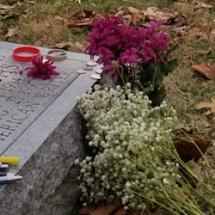
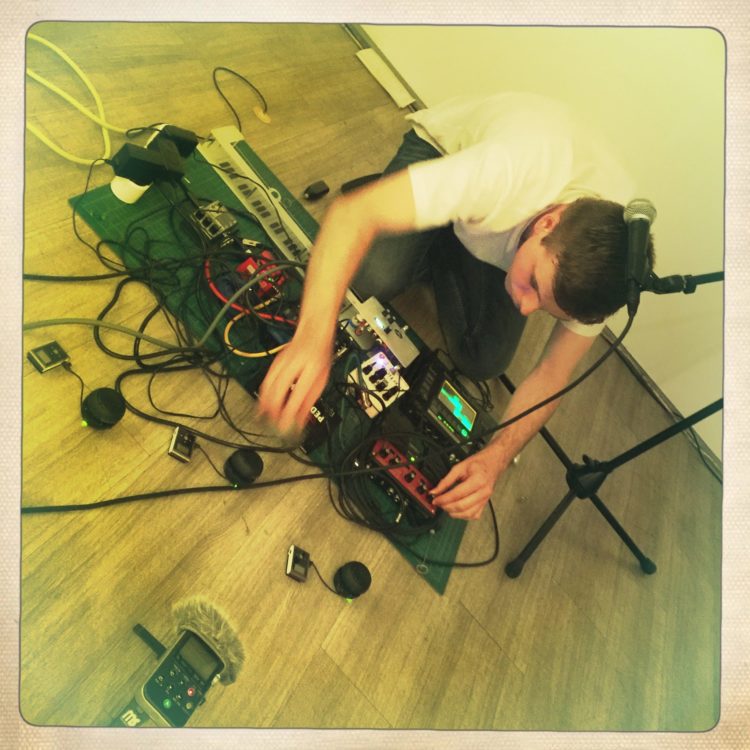
 2013.06.30 [mark vernon]
2013.06.30 [mark vernon]
